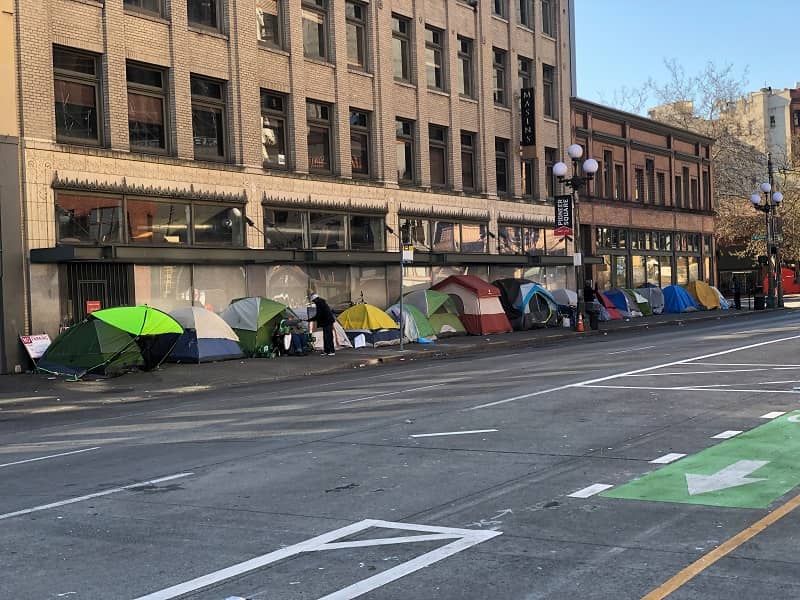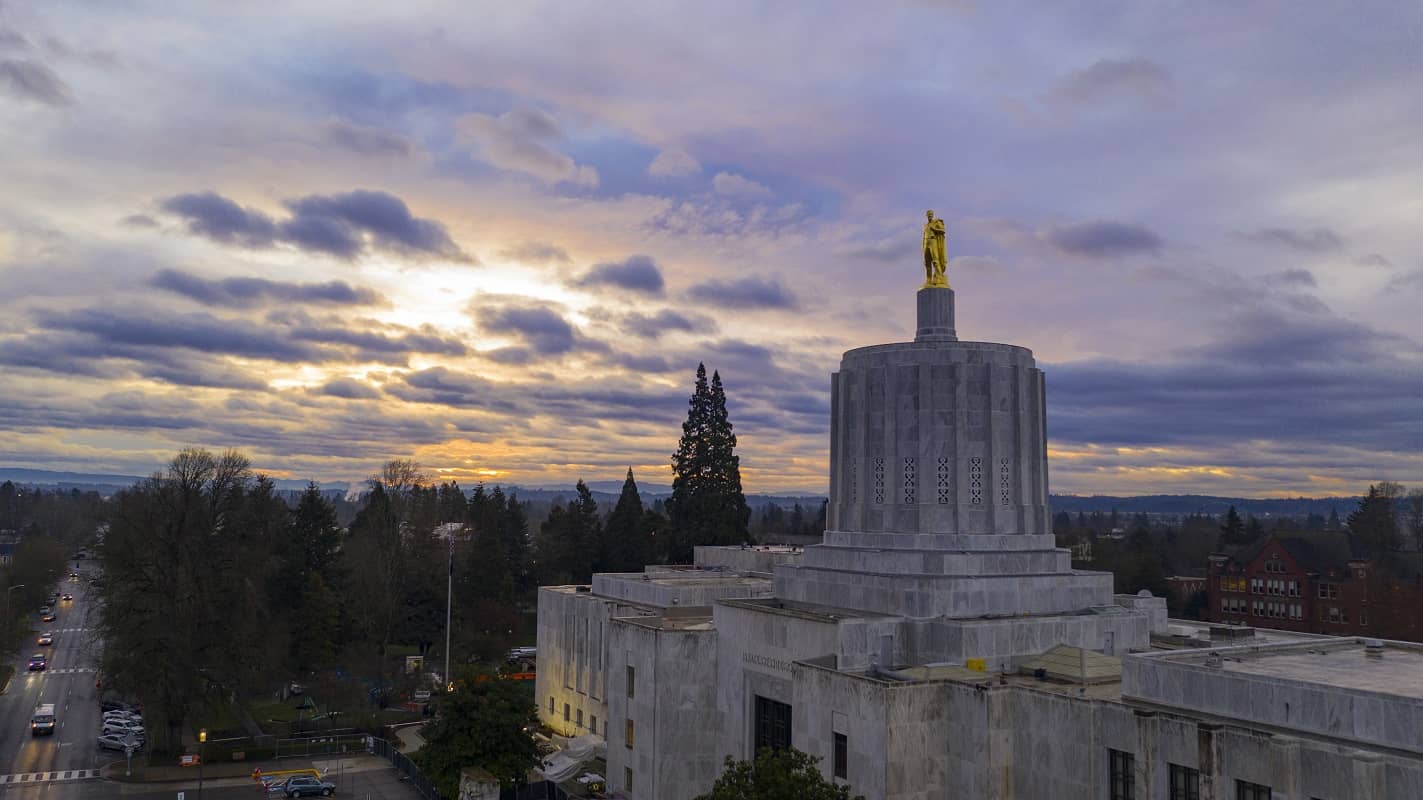FOR IMMEDIATE RELEASE
Media Contact:
John A. Charles, Jr.
503-242-0900
PORTLAND, Ore. – A new report released today by Cascade Policy Institute demonstrates that Portland’s rapidly growing housing prices are a major hardship on newcomers, renters, and low-income families. The report claims the ultimate source of Portland’s crisis in housing affordability is the region’s urban growth boundary and that minorities suffer the most from the consequences of high housing prices.
The report, Using Disparate Impact to Restore Housing Affordability and Property Rights, is authored by Randal O’Toole, an adjunct scholar with Cascade Policy Institute, Oregon’s free market public policy research organization, and the author of The Vanishing Automobile and Other Urban Myths.
The report claims the ultimate source of Portland’s crisis in housing affordability is the region’s urban growth boundary:
“The Oregon legislature and various cities have applied band-aid solutions to this problem; but none of them will work and some, such as inclusionary zoning, will actually make housing less affordable. That is because none of these solutions address the real problem, which is that the urban growth boundaries and other land-use restrictions imposed by the Land Conservation and Development Commission, Metro, and city and county governments have made it impossible for builders to keep up with the demand for new housing.”
“Common sense says that restricting the supply of something for which demand is increasing will cause prices to go up,” says O’Toole, who cites the findings of economic studies from Harvard, the Federal Reserve Board, the University of California, and the University of Washington, among others, to conclude that strict land-use regulation is the main cause of unaffordable housing.
Other policies which make Portland-area housing less affordable, the report claims, include lengthy delays in the permitting process, onerous impact fees, and architectural design codes. But these policies would have little effect if developers could meet market demand by building homes in unregulated areas outside of existing cities. Urban growth boundaries not only limit supply, but they shield city governments from outside competition.
“These policies effectively discriminate against low-income blacks and other minorities,” says O’Toole. “Under the 2015 Supreme Court ruling, Texas Department of Housing v. Inclusive Communities Project, they also violate the Fair Housing Act just as much as if Portland put out a sign saying, ‘No blacks allowed.’”
O’Toole explains how this Court decision could have a profound impact on Portland’s housing market. He says the Supreme Court’s ruling said that land use policies that make housing more expensive can be legal under the Fair Housing Act only if they have a legitimate goal and there is no other way of accomplishing that goal without making housing less affordable.
According to Cascade Policy Institute CEO John A. Charles, Jr., “Policymakers think the solution to our housing shortage is to build more tax-subsidized apartments, but simply deregulating the land markets would result in far greater housing supply at lower cost.”
The report, Using Disparate Impact to Restore Housing Affordability and Property Rights, is available here.
Founded in 1991, Cascade Policy Institute is a nonprofit, nonpartisan public policy research and educational organization that focuses on state and local issues in Oregon. Cascade’s mission is to develop and promote public policy alternatives that foster individual liberty, personal responsibility, and economic opportunity. For more information, visit cascadepolicy.org.
###











